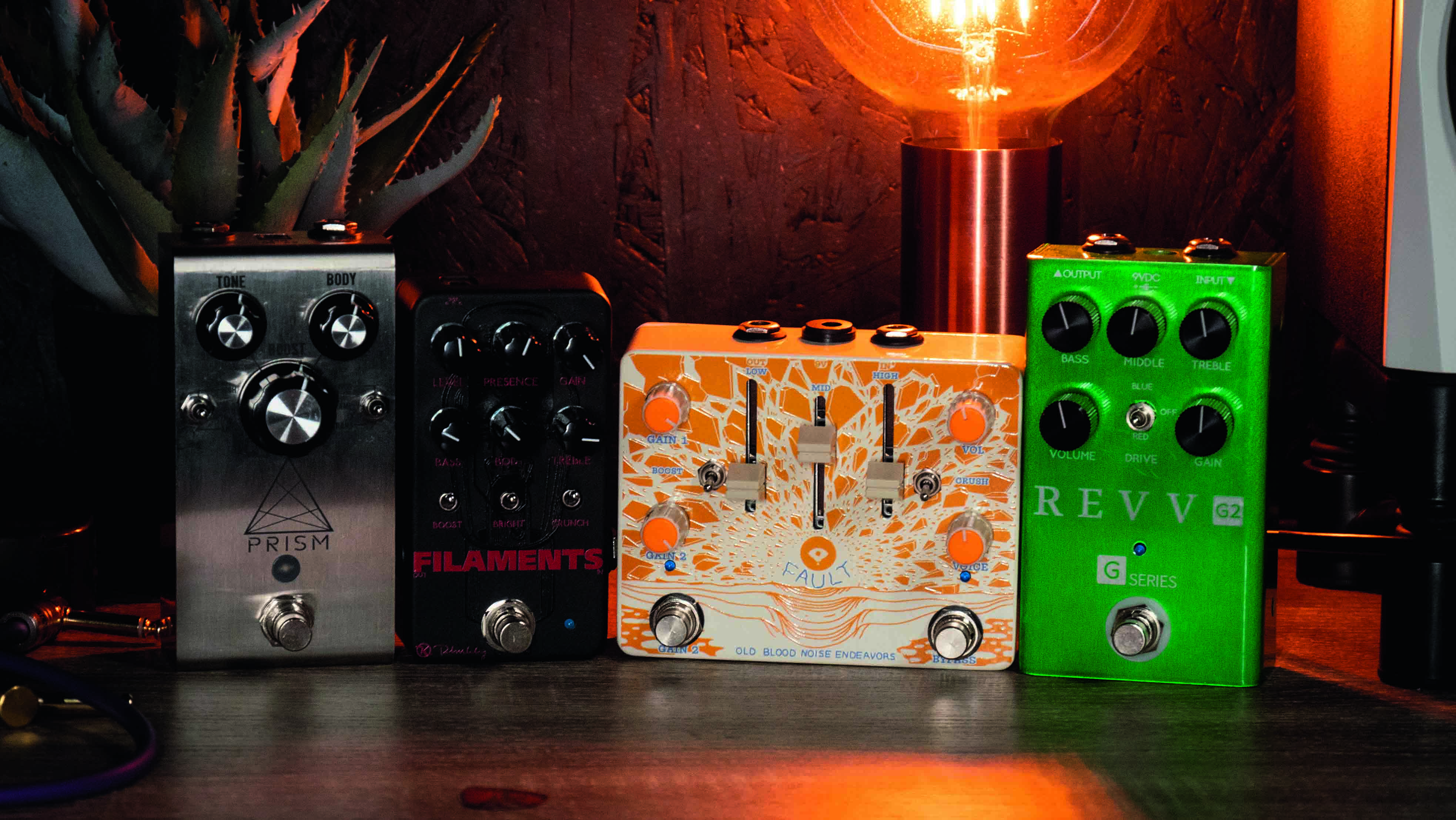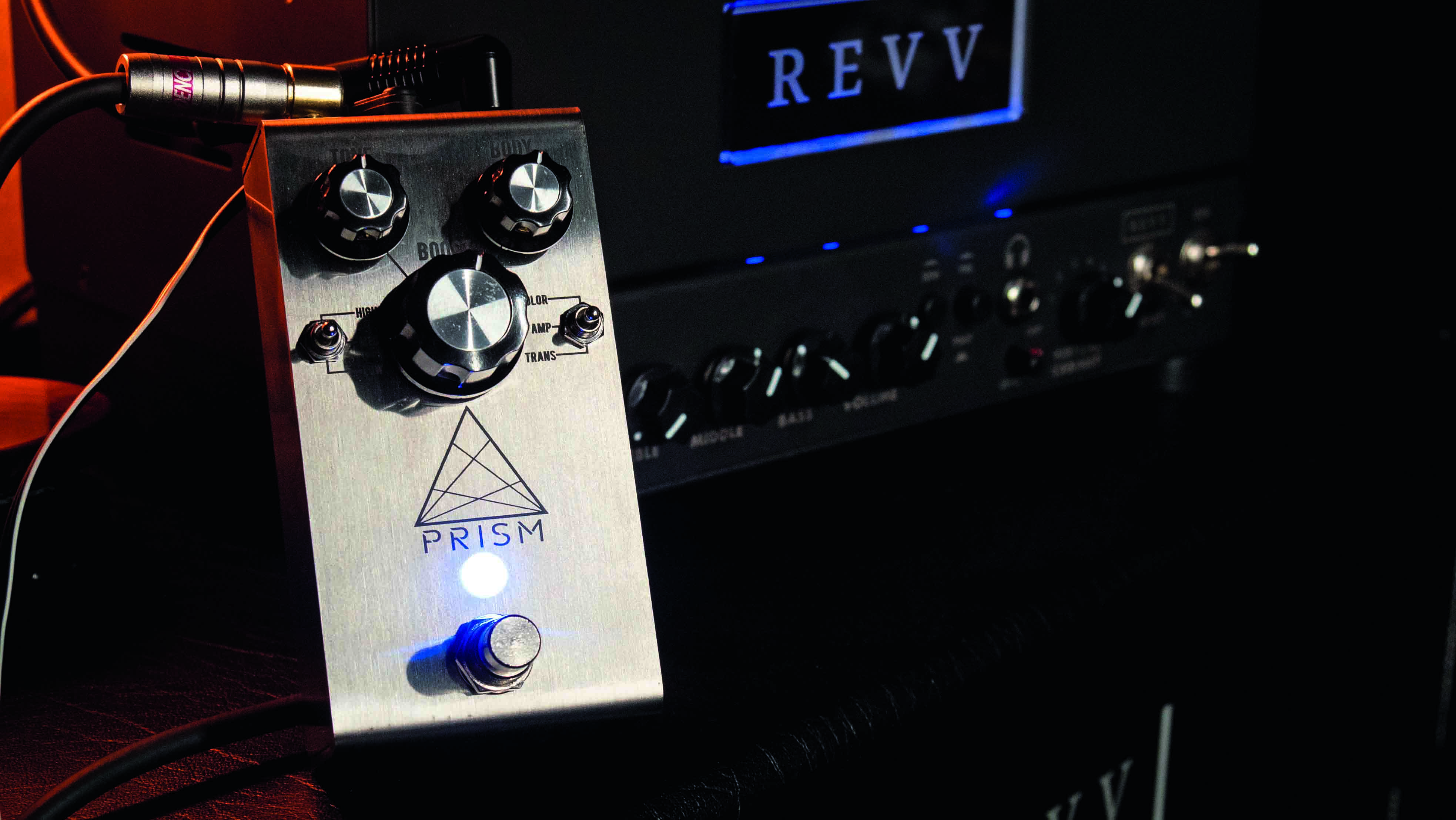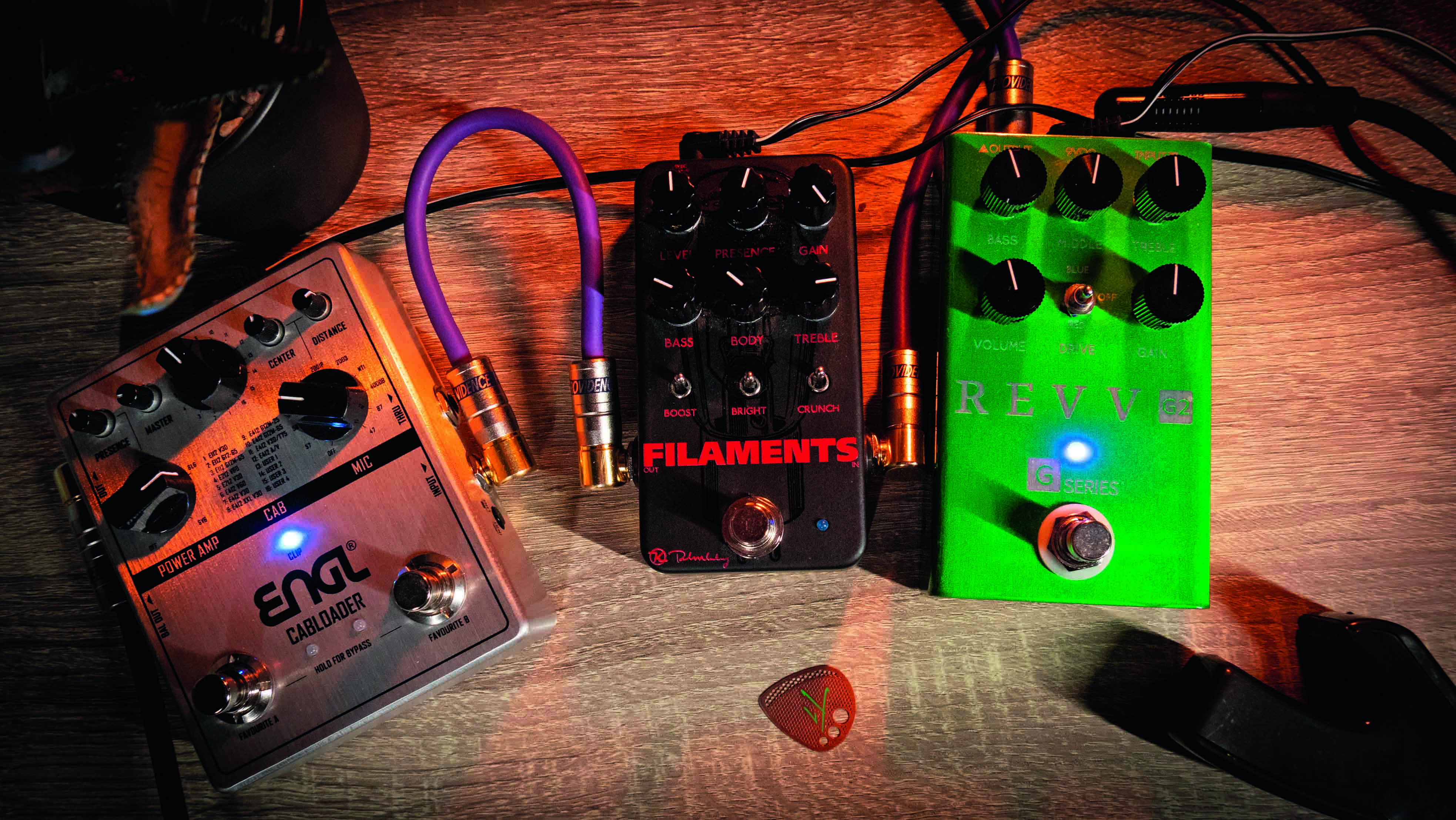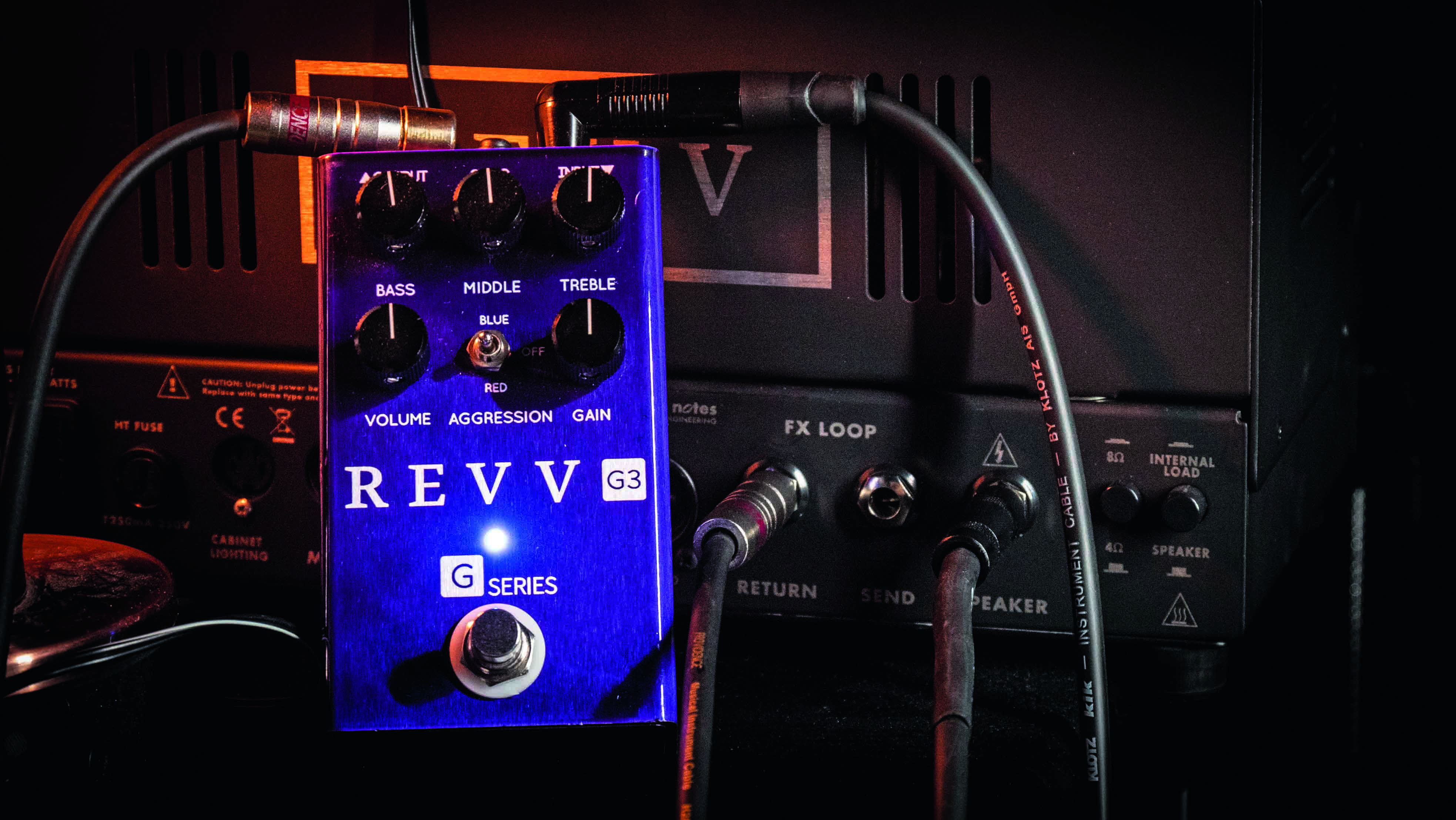Your pedalboard's missing secret weapon: a preamp?
Stefan Fast of YouTube channel ThePedalZone explains how preamp pedals can add finesse to your tone

The term preamp is being slammed on a lot of pedals these days – and it can be a bit confusing because what actually defines a preamp pedal? To understand this, let’s look at how an actual amplifier works.
Your guitar amp consists of a preamp stage and a power amp stage. The preamp stage takes the super-low output that comes from your guitar cable and introduces it to voltage gain and EQ. This voltage gain pumps up the signal to line level, so the power amp can work with it and actually move the coil of your amp’s speaker, which enables you to make loud beautiful music.
So, a preamp delivers a bunch of the good stuff that shapes the tone and dynamics of your sound. To add to the complexity, a lot of ‘preamp’-labelled pedals aren’t true preamps; they don’t pump up your output to line level. Most of these pedals are often boosters, drives and distortions with the dynamic headroom, EQ options and/or gain characteristics of an actual amplifier, designed to work in front of an amp.
I know it’s confusing, but it’s that latter pedal category we’ll be working with today as that’s something most guitarists have. Now, let’s look at some useful ways to implement your favourite preamp pedals in what is my final Tonal Teamwork column for now.
End of chain colour

It’s common to just place a preamp pedal early on in your chain, like you would a normal overdrive pedal. But a lot of preamp pedals actually work exceptionally well at the end of a signal chain, especially if you play through a pretty neutral-sounding clean amp. If you set the preamp pedal’s gain fairly low, you can impart a different type of amp-like compression and break-up crunch to your entire signal chain.
You can leave it ‘always on’ and let it become a part of your new signature core tone, or turn it on when you need a second sonic colour to paint with. Due to the high headroom and natural compression of preamp pedals, they will not kill the dynamics of the rest of your pedal chain. Instead, they will often glue your sound together in a nice organic way.
Preamp pedals actually tend to come alive when you feed other drives into them, while the EQ section on a preamp pedal can be great for carving out clarity when using a lot of washy delay and reverb before it.
Want all the hottest music and gear news, reviews, deals, features and more, direct to your inbox? Sign up here.
Cab-sim enhancer

It’s more popular than ever to play an amp-less rig these days due to the extreme convenience, flexibility and consistency that comes with it. Hence the gear world has seen a massive surge in cabinet simulator pedals that simulate the sound and response of a mic’d guitar cabinet and power amp.
This is a pretty neutral starting point, and simply playing your guitar directly
into a cabinet simulator will often sound pretty anaemic and lacklustre since you’re lacking the colour and organic sag from the preamp section.
By having several preamp pedals, you can create a multi-channel setup with a clean and dirty channel. This type of setup also gives you a lot of room to experiment with time-based and modulation effects. If you place them before your preamp pedals, you will get the effect of running your pedals directly into an amp. If you place them in-between the preamp and cab sim, you will get the effect of using an amp’s effects loop. And if you place them after the cab sim, you will get the sound of applying effects in post, like you would when using effects plug-ins in a DAW.
Effects loop hack

The effects loop on an amplifier was originally designed to let you place other effects in between the preamp and power amp section in your amplifier – allowing you to get clear and defined modulation, delay and reverb trails, while using your amp’s in-built distortion. But, of course, you already know this, so that’s not what I’m here to teach you!
Instead, what I’m here to share is if your amplifier has an effects loop then you have the freedom to bypass the in-built preamp and replace it with a pedal preamp for a totally new core tone from your amp.
The effects loop Send is connected to the output of the amplifier’s preamp, while the Return is connected to the power amp’s input. So take your preamp pedal of choice then connect your guitar to the pedal’s input, and the pedal’s output to the effects loop Return. Now you’re playing through the pedal directly into the power amp.
The effect of this is often surprising to a lot of players and can breathe new life into preamp pedals that only sounded okay in front of your amp. You’ll often notice that your pedal will suddenly sound bolder and with more midrange focus because it’s no longer being affected by the tone sculpting of the amp’s preamp section.
This trick can be very handy when recording, so give it a try. Stacking similar takes with different core tones can really make a rhythm part or solo come to life. I truly hope you learned a couple of new ideas on how to use preamp pedals. They can really add the final sonic touch in today’s modern rigs.